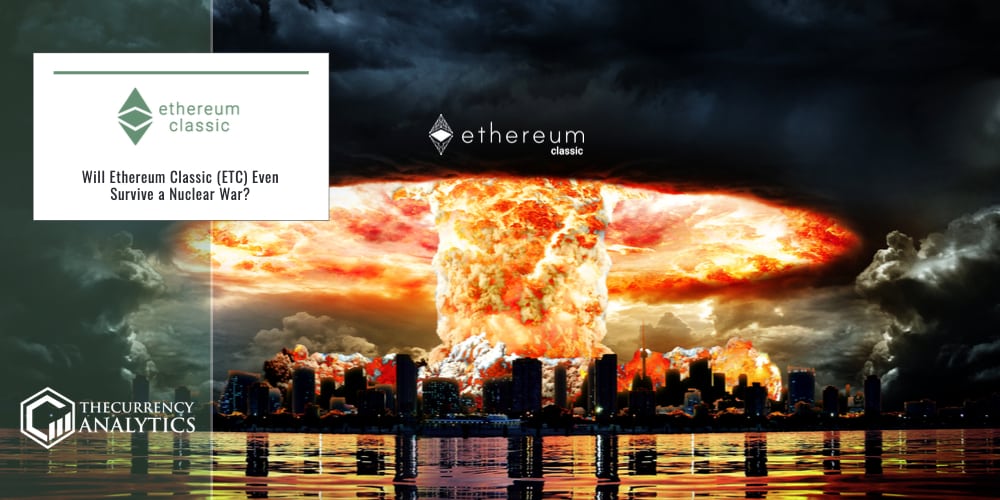
ETC Cooperative stated, Ethereum Classic deliberately makes a tradeoff of being very expensive but highly secure, when compared to traditional tech services. This is because it is designed to be like the internet. It would even survive a nuclear war.
Users were wondering what they mean by highly secure? In response, yet another user stated, a short term solution called MESS was added in October. It reduces the risk of attack by increasing the amount of difficulty needed to mine and push a new chain causing reorganizations.
Also, pointed to how more suitable solutions are getting built now. For those who are new to ETC, the Donald McIntyre explanation is an all-time best explainer to get to know the blockchain better.
Also, the supply of ETC is limited to prevent devaluing by inflation; certainty about future supply provides a strong store of value. Further, like Bitcoin, Ethereum Classic has a fixed emission schedule. ETC is the only major Smart Contract platform with a known future supply. Therefore they say by choosing ETC you “Choose unstoppability. Choose principles. Choose money. Choose ETC.”
Worthy to recollect that the historical reorganization attacks have only made ETC more resilient. ETC developers have upgraded the network and reinforced commitments to ETH_classic. Due to its sound design, ETC is poised to become the most secure smart contacts platform.
Worthy to recollect that the Ethereum Classic experienced a 51% attack in January 2019 and 3 more 51% attacks during the Q3 of 2020 which led to multi-millions in losses from double spending and service downtime.
Major exchanges got hit with double spends, and ETC was on a thread for delisting and some mining pools simply removed their ETC service. Thus, in response to the first 51% attack, Alex Tsankov proposed Ethereum Classic change its PoW algorithm to Keccak-256 which is specified in ECIP-1049.
Of note, there used to be a Sha-3 version in Ethereum; however, it is no longer the Sha-3 Standard and the updated Sha-3 Standard produced different hashes than “Sha-3” hashes in Ethereum.
To bring down the confusion between Ethereum’s Sha-3 version and the official Sha-3 standard, the Ethereum community has stated referencing to its Sha-3 version as the “Keccak-256”. So, when we refer to “Sha-3” in Ethereum, what they really mean is, “Keccak-256.
The growth of ETC seems to be getting slowly accelerated. For now, the need to switch the PoW Algorithm is about Long-term Network Security.
We hope you’ll like this article and if so feel free to send a tip to our writers in ETC Or any other Cryptos via this link.
Thank You,
The TCAT team.
Get the latest Crypto & Blockchain News in your inbox.